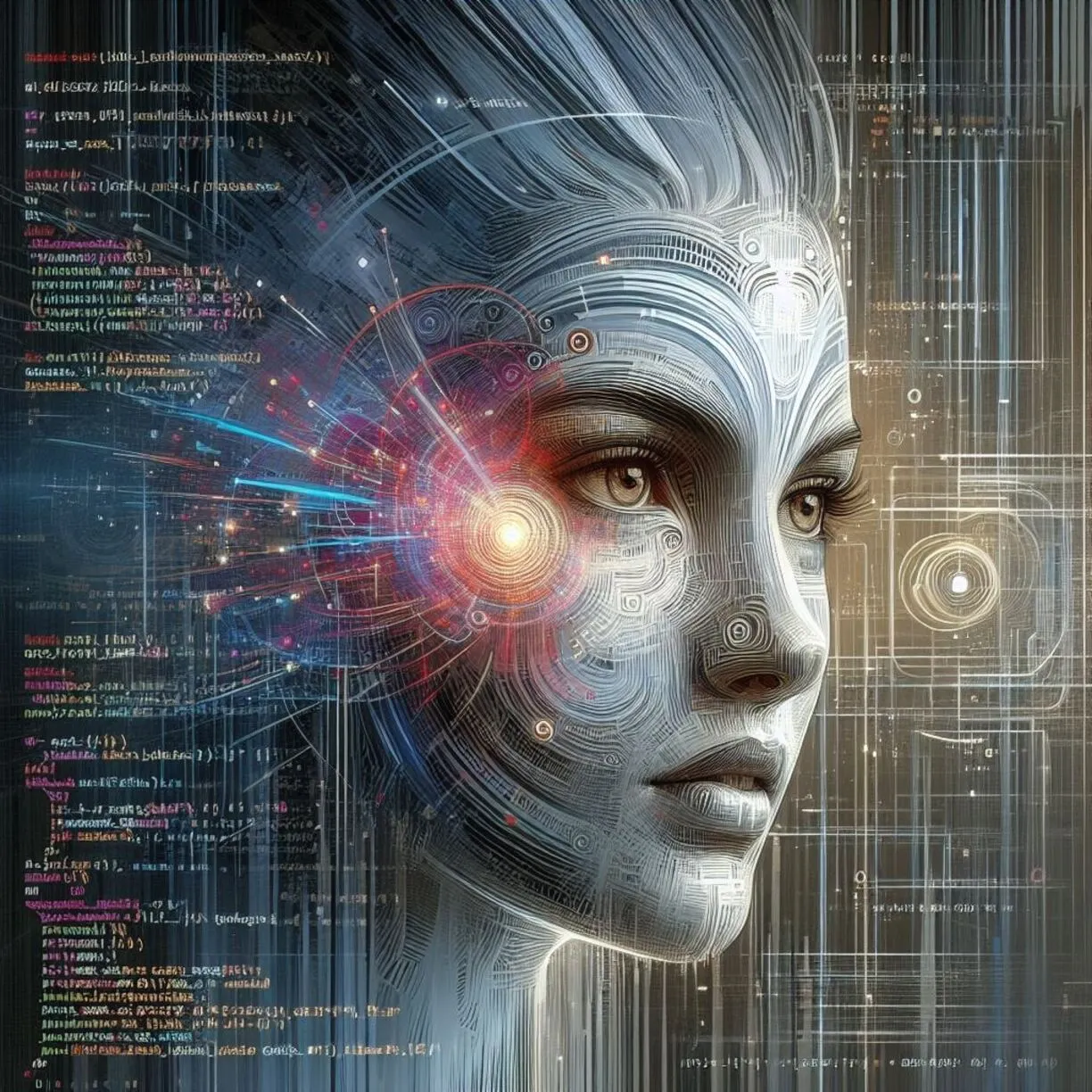In today’s rapidly evolving tech landscape, adaptability is key. As industries harness the power of data, the demand for skilled data scientists continues to surge. Java developers, equipped with strong programming fundamentals, are well-positioned to make a successful transition to the field of data science. However, this shift requires a strategic roadmap to navigate the complexities of acquiring new skills and domain knowledge.
Table of Contents
Java Developers Transitioning to Data Science
Let’s explore the journey from Java development to data science engineering, outlining the essential steps along the way.
Understanding the Landscape:
Before embarking on the transition, it’s crucial for Java developers to grasp the fundamentals of data science. This includes familiarizing themselves with key concepts such as machine learning algorithms, statistical analysis, and data visualization techniques. Online courses, books, and tutorials serve as valuable resources for gaining foundational knowledge in data science principles.
Mastering Python:
Python stands as the de facto language of choice in the realm of data science. Its simplicity, versatility, and extensive library support make it an indispensable tool for data manipulation, analysis, and modeling. Java developers must invest time in mastering Python, focusing on areas such as NumPy, Pandas, Matplotlib, and scikit-learn. Online platforms like Coursera, Udemy, and DataCamp offer comprehensive Python for Data Science courses tailored to varying skill levels.

Embracing Data Manipulation and Analysis:
Data manipulation lies at the heart of data science. Java developers transitioning to this field must become proficient in handling and cleaning datasets, a task commonly accomplished using libraries like Pandas and NumPy. Additionally, gaining expertise in exploratory data analysis (EDA) techniques enables developers to extract valuable insights from raw data, laying the foundation for informed decision-making.
Diving into Machine Learning:
Machine learning serves as the cornerstone of data science, empowering developers to build predictive models and extract patterns from data. Java developers transitioning to data science should delve into machine learning concepts, exploring algorithms such as linear regression, decision trees, and neural networks. Platforms like Kaggle provide a rich environment for honing machine learning skills through competitions and collaborative projects.
Experimenting with Data Visualization:
Effective communication of insights is essential in data science. Java developers must acquaint themselves with data visualization tools and techniques to present findings in a compelling and intuitive manner. Libraries like Matplotlib, Seaborn, and Plotly offer a plethora of options for creating insightful visualizations, enhancing the interpretability of complex datasets.
Practicing Real-world Projects:
Hands-on experience is invaluable in solidifying newfound skills. Java developers transitioning to data science should undertake real-world projects, tackling diverse datasets and addressing business challenges. Building a portfolio of projects not only showcases proficiency but also demonstrates the ability to apply theoretical knowledge to practical problems, a trait highly valued by employers.

Networking and Continuous Learning:
Networking plays a pivotal role in career advancement. Java developers venturing into data science should actively engage with the data science community through online forums, meetups, and conferences. Participating in discussions, sharing insights, and seeking mentorship can provide valuable guidance and open doors to new opportunities. Additionally, embracing a mindset of continuous learning is essential in staying abreast of emerging trends and technologies in the field.
FAQs: Java Developers Transitioning to Data Science
Q: How can Java developers switch to data science?
A: Start by mastering Python, delve into machine learning, and gain hands-on experience through real-world projects.
Q: What skills do Java developers need for a successful data science transition?
A: Proficiency in Python, data manipulation, machine learning concepts, and data visualization are crucial for a seamless transition.
Q: Are there specific courses for Java developers transitioning to data science?
A: Yes, platforms like Coursera, Udemy, and DataCamp offer tailored courses to help Java developers acquire essential data science skills.
Q: How important is networking in transitioning to data science?
A: Networking is key. Engage with the data science community through forums, meetups, and conferences to gain insights and opportunities.
Q: Can hands-on projects enhance the transition process?
A: Absolutely! Undertaking real-world projects is essential to apply theoretical knowledge, showcase skills, and build a strong portfolio.
Q: What’s the significance of continuous learning in data science transition?
A: Continuous learning is vital to stay updated on emerging trends, technologies, and advancements in the dynamic field of data science.
Data science is the fuel, and AI is the engine.
– Reza Zadeh
5 Major Tips:
- Structured Pathway: The article provides a clear roadmap for Java developers to transition into data science, outlining step-by-step guidelines and essential skills required for success.
- Skill Acquisition: It emphasizes the importance of mastering Python, understanding machine learning concepts, and gaining proficiency in data manipulation and visualization techniques.
- Hands-On Experience: Through real-world projects, developers can apply theoretical knowledge, showcase their skills, and build a robust portfolio, crucial for career advancement in data science.
- Continuous Learning: Continuous learning is highlighted as a vital component, stressing the importance of staying updated on emerging trends and technologies in the dynamic field of data science.
- Community Engagement: Networking within the data science community through forums, meetups, and conferences is encouraged, providing opportunities for learning, mentorship, and professional growth.

Conclusion:
Transitioning from Java development to data science engineering is a challenging yet rewarding journey. By following a structured roadmap encompassing foundational learning, skill acquisition, hands-on experience, and community engagement, Java developers can successfully navigate this transition and carve out a fulfilling career in the dynamic field of data science. Embracing adaptability, curiosity, and perseverance paves the way for continued growth and success in the ever-evolving tech landscape.
You May Interested in:
- 6 Epic Tech Pranks to Amaze Your Friends
- Introducing TensorFlow GNN 1.0
- Project Plan 365: Microsoft Project Alternative for Mac
- Apple iPhone 16 Series Unlock Power-Packed: Expected Features, Specifications
- Future-Proof Your Career: 5 Must-Have Technical Skills for the Modern Workforce in 2024










